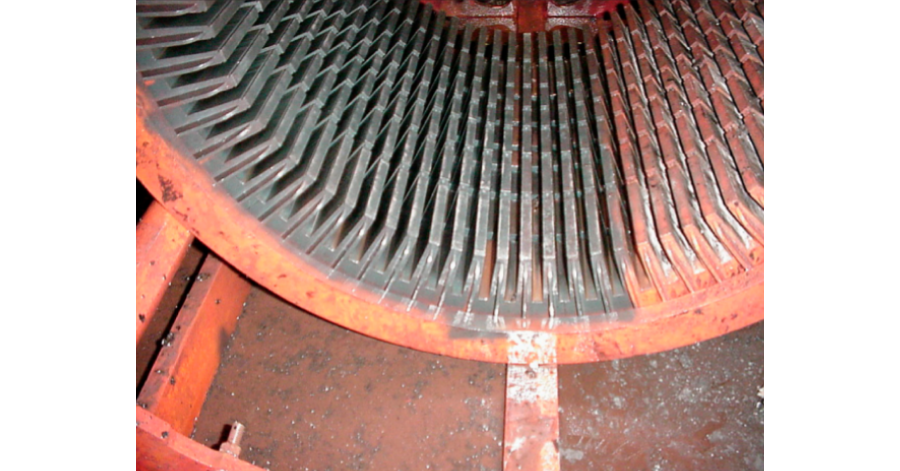EASA has published a “Good Practice Guide” that can help end users obtain three-phase electric motor repairs and rewinds that maintain the motor’s energy efficiency and reliability.
The Guide explains in practical terms industry best practice repair/rewind procedures from ANSI/EASA Standard AR100-2020: Recommended Practice for the Repair of Rotating Electrical Apparatus that apply to all three-phase electric motors, including Premium Efficiency/IE3 motors. Based on rewind studies by independent test facilities, these procedures maintain and sometimes even improve the efficiency of repaired/rewound motors.
“More than 97 percent of an electric motor’s lifetime cost is for the electricity it uses to operate. Any measurable change in its efficiency can significantly affect operating costs, a big concern for end-users” said Linda Raynes, CAE, EASA President and CEO. “EASA’s Guide provides practical insights about repair/rewind procedures for end-users who can rely on ANSI/EASA AR100 to evaluate repair services and providers.”
The new Guide covers best practices for inspection, testing, mechanical repair, and electrical rewinds. It also explains how repair procedures can affect common types of motor losses and motor efficiency, underscoring the importance of requiring service providers to follow the repair best practices in ANSI/EASA AR100-2020.
The most recent investigation of the effect of ANSI/EASA AR100 repair best practices on motor efficiency was sponsored by EASA and the United Kingdom’s Association of Mechanical Trades (AEMT). Testing performed according to IEEE Std. 112B by North Carolina Advanced Energy Corporation, the only independent Laboratory Accreditation Program (NVLAP) lab in the US accredited for motor efficiency testing, confirmed that the average efficiency changes for motors rewound using ANSI/EASA AR100 best practices was within the range of accuracy for the test method. In several instances, motor efficiency improved.
EASA’s “Good Practice Guide to Maintain Motor Efficiency,” ANSI/EASA Std. AR100-2020, and a complete report on the recent rewind study, “The Effect of Repair/Rewinding on Premium Efficiency/IE3 Motors,” are available for download from EASA’s website at https://go.easa.com/rewind. Information about the EASA Accreditation Program, which ensures by third-party audit that service centers are adhering to ANSI/EASA AR100, may be found at www.easa.com/accreditation.
EASA is an international trade organization consisting of more than 1,700 electromechanical sales and services firms in nearly 70 countries. Through its many engineering and education programs, EASA keeps members up to date on materials, equipment, and state-of-the-art technology related to sales, service, and maintenance of motors, generators, drives, controls, pumps, and other electromechanical equipment. AEMT is a similar organization based in the United Kingdom.




